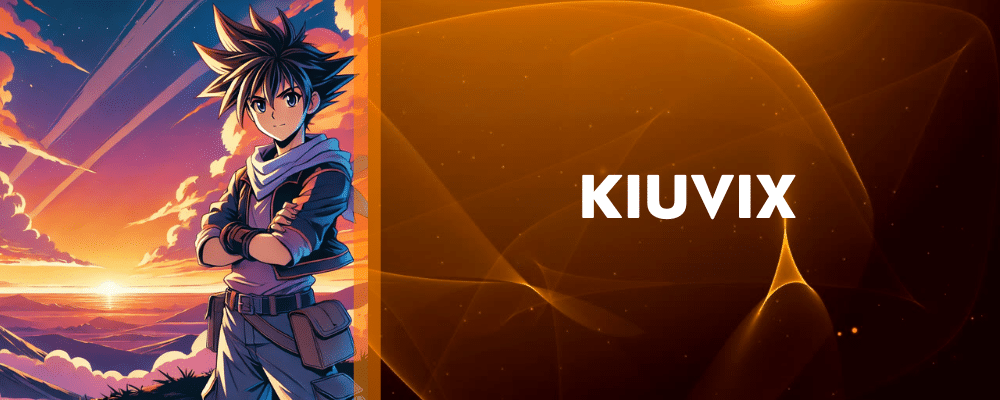Advertisements
The world of video games has evolved dramatically since its humble beginnings in the 1970s.
What began as simple technological experiments has transformed into a multi-billion dollar industry that rivals Hollywood in terms of global entertainment.
Throughout these decades, certain titles have transcended their technical limitations to become true masterpieces. timeless masterpieces.
These games not only defined entire genres, but revolutionized the form in which we interact with digital media.
Advertisements
They set narrative, technical, and artistic precedents that continue to influence video game development to this day.
Advertisements
From epic adventures to groundbreaking mechanical innovations, this list celebrates those titles that marked a before and after in the history of interactive entertainment.
Selection Criteria: Beyond Nostalgia
To determine the greatest games of all time, we considered multiple factors beyond the simple appeal nostalgic. Technical innovation It represents one of the fundamental pillars: those games that introduced revolutionary mechanics, took full advantage of the capabilities of their hardware, or established new visual and sound standards.
He cultural impact constitutes another crucial element. The selected titles were not only commercially successful, but permeated popular culture, influenced other media, and created lasting fan communities. The longevity also plays an important role: these games have maintained their relevance through the decades, continuing to be mandatory references for new generations of developers and gamers.
Finally, we have evaluated the influence in the industryThe games included in this list were not only great in themselves, but inspired entire genres, established lasting franchises, and demonstrated new creative and commercial possibilities for the medium.
1. Super Mario Bros. (1985): The Savior of an Industry
In 1985, the video game industry in North America was in deep crisis. The 1983 crash had driven many companies into bankruptcy, and consumers had lost confidence in home video games. It was in this context that Nintendo launched Super Mario Bros. for the Nintendo Entertainment System, a game that not only revitalized a dying industry, but rather laid the groundwork for what we know as modern video games.
Super Mario Bros. introduced concepts that seem obvious today but were revolutionaries of their time. Progressive level design, where each screen organically taught the player new mechanics, established the gold standard for the design of platform games. The fluidity of controls, with Mario's ability to run, jump with varying precision, and interact with the environment in multiple ways, created a sense of control that was practically non-existent in previous games.
The impact of Super Mario Bros. goes beyond the purely technical. Mario became the Mickey Mouse of video games, an instantly recognizable cultural icon around the world. The game established Nintendo as a powerhouse in the industry and proved that video games could be mass and durable products. Its influence extends to contemporary video games, where the design principles established by Shigeru Miyamoto continue to be fundamental references for developers around the world.
The music composed by Koji Kondo deserves a special mention. The melodic themes of Super Mario Bros. have become some of the most recognizable pieces of music in popular culture, being immediately identifiable even by people who have never played the game.
2. The Legend of Zelda: Ocarina of Time (1998): The Transition to Perfect 3D
When Nintendo made the transition from 2D to 3D with The Legend of Zelda: Ocarina of Time, they weren't just updating a beloved franchise. They were completely redefining what a video game could be in three dimensions. Ocarina of Time set virtually all the standards that 3D adventure games would follow for decades to come.
He Z-targeting system invented for this game solved one of the most complicated problems of 3D games: how to maintain precise control of the character while navigating a complex three-dimensional world. This innovation was so fundamental that virtually all subsequent action-adventure games adopted similar systems. The ability to lockear objectives allowed for complex combat and precise navigation intuitive and accessible.
The Ocarina of Time narrative set new precedents for storytelling in video games. The story of Link traveling through time, maturing from child to adult, and facing the consequences of his actions, introduced mature and complex issues in the middle. The relationship between Link and Zelda, Ganondorf's redemption arc, and the elements of loss and sacrifice proved that video games could tell stories. so emotional and sophisticated like any other artistic medium.
The interactive music implemented through the ocarina system was another groundbreaking innovation. For the first time, players could actively create music within the game, with melodies that had real effects on the game world. This system was not only technically impressive, but created a unique emotional connection between the player and the protagonist.
3. Tetris (1984): The Mathematical Perfection of Entertainment
Few human creations can boast of having achieved the mathematical perfection, but Tetris, created by Alexey Pajitnov in 1984, represents exactly that. This seemingly simple puzzle game has transcended cultures, ages, and platforms to become one of the most played and recognizable video games in history.
The genius of Tetris lies in its conceptual simplicity combined with infinite mechanical depth. The rules are so basic they can be explained in seconds: blocks of different shapes fall from above, and the player must arrange them to form complete lines that disappear. However, this simplicity hides a emerging complexity that has kept players hooked for decades.
He psychological aspect Tetris has been the subject of extensive scientific studies. The game activates what psychologists call the “Tetris Effect,” where the brain continues to processing patterns even after you stop playing. This almost hypnotic quality has led to Tetris being used in stress therapies and treatments for post-traumatic stress disorder.
The conceptual portability Tetris has made it the most ubiquitous video game in history. It has been adapted to virtually every platform imaginable, from calculators to LED skyscrapers. The Game Boy version was fundamental for the success of Nintendo's handheld console, proving that video games could be perfect experiences to consume anywhere.
The impact of Tetris on the puzzle genre It's immeasurable. It set the template for what an effective puzzle game should be: simple rules, organic progression of difficulty, and the ability to generate flow states where time seems to vanish. Virtually every subsequent puzzle game can trace its lineage back to the innovations established by Tetris.
4. Half-Life 2 (2004): The Immersive Storytelling Revolution
Half-Life 2 wasn't just a video game; it was a definitive demonstration of what interactive storytelling could achieve when executed with absolute mastery. Valve Corporation created an experience that completely eliminated the barrier between cutscenes and gameplay, integrating storytelling and mechanics so seamlessly that it established a new paradigm for narrative games.
The environmental narrative Half-Life 2 set new standards for worldbuilding in video games. Instead of relying on exposition dumps or extensive cutscenes, the story of the Combine occupation was told through visual details, overheard conversations, and the very architecture of City 17. This approach show, don't tell profoundly influenced how later developers would approach storytelling.
The Half-Life 2 characters, especially Alyx Vance, set new benchmarks for companions in video games. Alyx wasn't just an NPC that followed the player around; she was a genuine companion with its own personality, unique abilities, and a dynamic relationship with Gordon Freeman. Its technical implementation, with advanced facial animations and responsive AI, created the first truly convincing relationship between a player and a digital character.
He technical impact Half-Life 2's popularity extended far beyond the game itself. The Source engine was licensed to numerous developers, while Steam, the digital distribution platform created to launch the game, completely revolutionized the video game industry and became the dominant platform for PC gaming.




